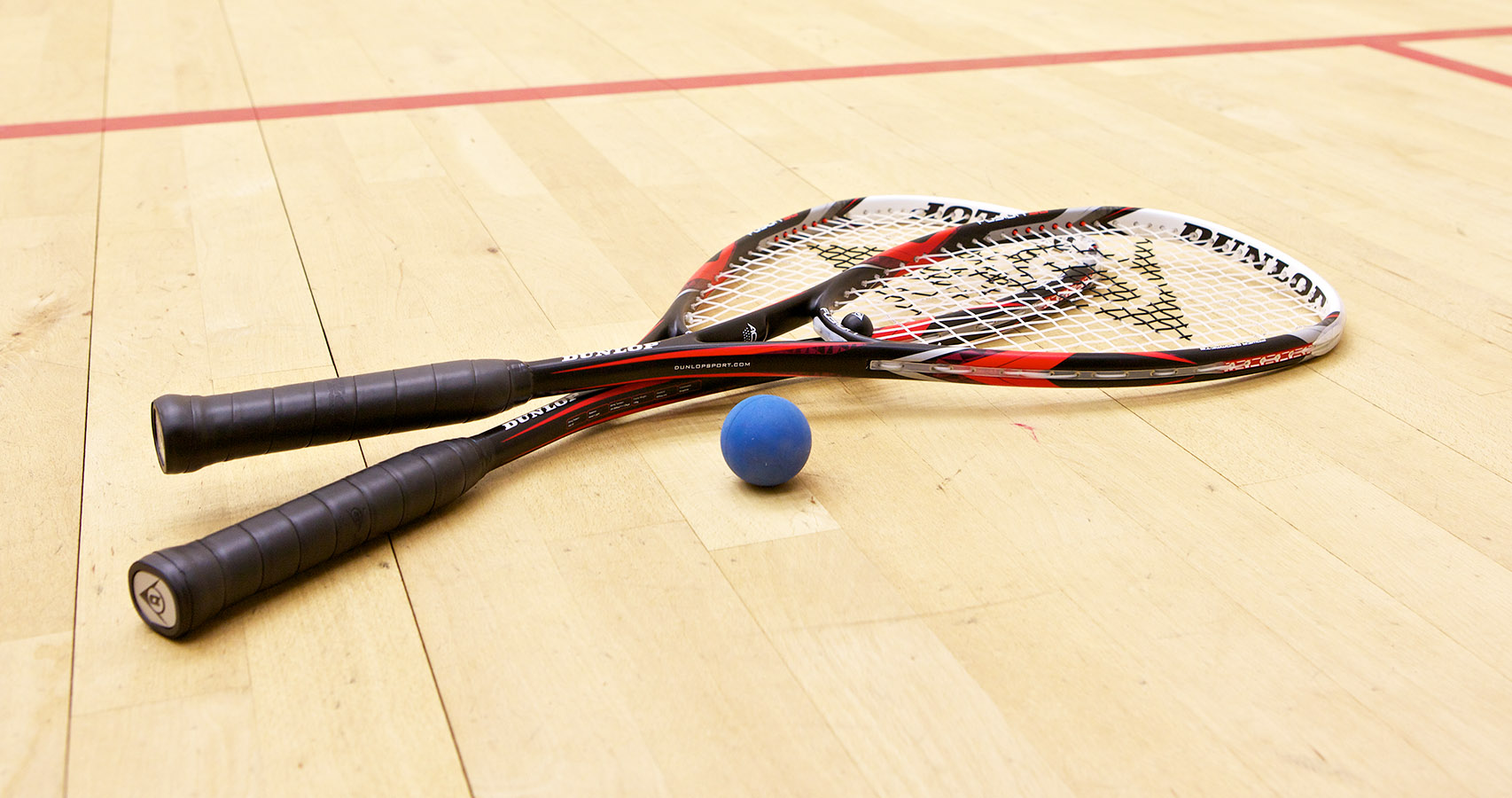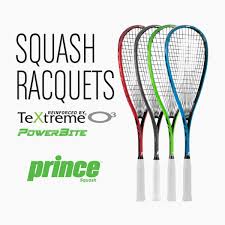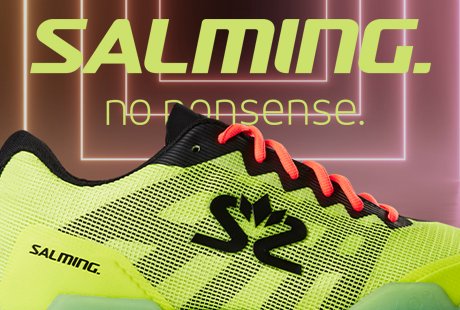
The game of squash is one of the most exhilarating of all such sports, and is a great way of keeping fit too. Whether you play for fun or take things more seriously – perhaps you play in a local league – you need to make sure you have the right gear, and that’s what we’re here for! In this article we are going to talk about the most important piece of equipment – the racket itself, you can find our recommended picks here.
You may think that buying a squash racket is about going to the shop, choosing one you like the look of and paying your cash, but there’s more to it than that. In fact, there are a number of factors you need to consider, so let’s split these down into sections. We’ll start with one of the most important, which is the weight of the racket.
Weight of a Squash Racket
The weight of a squash racket is an important factor, and the preference for lighter or heavier rackets will vary greatly between individuals. For the record, the average weight of a squash racket – that is the weights that are chosen by most players – lies between 140g and 170g. This appears to be the ideal weight all-round. You can find rackets much lighter in weight, but they are an exception. When considering the weight, you also need to think about the following aspects:
- Centre of gravity is designed into a racket, and experienced players will recognise whether a racket is ‘head heavy’ or ‘head light’. This refers to the location of the centre of gravity, which in the former is closer to the head, and in the latter, further away. Each is favoured by persons with different playing characteristics. Hold a racket by the handle and move it around as you would, and then try one with a different centre of gravity, and you will soon discover which you feel more comfortable with.
- Lightweight rackets, those in the lower end of the average weight range and below, are usually preferred by experienced players. This is because, with less weight driving them, they require a more forceful approach and swing.
- For a newcomer, a slightly heavier racket may be best, and for juniors and sometimes women, a light racket with a slight head-heavy stance will help deliver the required power.
- Try a few rackets before buying, and you will be able to rule out those that are too heavy or light, as others will simply feel right in the hand.
Size of the Racket
Squash rackets come in a number of different sizes, with the biggest difference being in the size of the head. This is important to consider, for a number of reasons, so let’s look at the most important.
- A larger or wider head offers a greater ‘sweet spot’, this being the perfect part of the strings with which to strike the ball.
- Rackets with a narrow profile are designed for greater agility, but provide a more limited sweet spot. These are perhaps not the best for a novice, but may be favoured by experienced players. Novice players may be best with a mid-size racket, which combines both attributes.
- The grip on your racket is important, but when buying it’s best to concentrate on head and the weight bias of the racket. This is because the grip is easily customised to suit your own preference, by applying tape to your satisfaction or by using gauze or other materials to allow it to fit your hand more comfortably. This is done by even the most experienced and professional players, and if you are new to the sport, other players will be happy to advise you on the best way to make your grip comfortable.
About the Strings
So far we’ve talked about the feel of the racket, and how it handles when in play. It’s time to have a quick look at the strings, and what you need to consider when choosing your racket. The tension of the strings is all-important and will change with use, but you will find that you can adjust the tension to suit. Here are the factors you need to look at:
- As we said above, it’s the tension you need to think about first, and this is normally set at around 28PSI as standard. By increasing the tension you get a better and more precise touch, while decreasing it will improve the power of your shots.
- The strings your racket is fitted with will be multi-filament, 17 or 18 gauge textured strings. These are specifically for squash, and should be the replacement type when you restring your racket.
- You should restring if you notice any fraying and, if you are a regular player, every couple of months at least as a routine. This will keep your racket in top trim for as long as you play.
Stiffness of the Racket
The modern squash racket is made from one of many different materials, usually metals or fibreglass that are designed to incorporate a level of ‘flexibility’ in the racket. This is what we mean when we mention the stiffness of a racket.
Put simply, a racket that has lower stiffness – greater flex – will be easier to handle, and is perhaps recommended for novices. For more experienced players, the stiffer racket may provide better power, but will not be as easy to handle.
Before You Buy
The above are the various aspects of a squash racket that you should consider when you are choosing one. We recommend you visit a reputable sports shop or talk to others who play squash at your club, and take on board the advice of experienced players and experts on squash rackets. If you try as many as you can, you’ll soon find one that suits your style – that you feel comfortable with – and that is within your budget.


